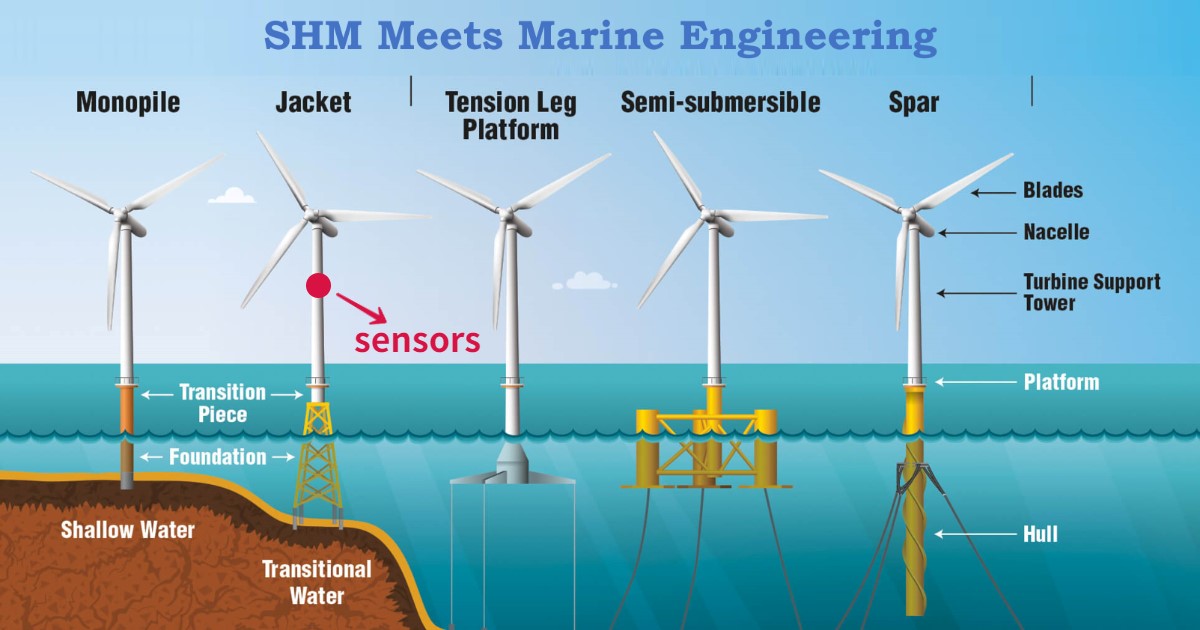- 3.2Impact Factor
- 7.3CiteScore
- 17 daysTime to First Decision
Advanced Structural Health Monitoring for Energy Performance and Safety in Marine Renewable Systems
This special issue belongs to the section “A: Sustainable Energy“.
Special Issue Information
Dear Colleagues,
Marine renewable systems—such as offshore wind turbines, floating photovoltaic platforms, wave energy converters, deep-sea risers, and submarine pipelines—play a vital role in the sustainable exploitation of ocean energy resources. Ensuring their operational safety and energy performance is essential for the long-term reliability and efficiency of marine energy infrastructure.
Structural health monitoring (SHM) offers a powerful solution for the real-time assessment of system integrity and performance by capturing critical data on structural behavior and external loads. Effective SHM not only helps detect damage and deterioration but also supports energy efficiency by enabling timely maintenance, optimized operation, and extended service life.
However, marine environments pose unique challenges for SHM, such as harsh environmental conditions, limited sensing coverage, and complex dynamic interactions. To address these, advanced data-driven techniques—especially those based on machine learning and hybrid physical–data models—are being increasingly adopted for accurate condition assessment and decision support.
This Special Issue invites contributions that explore innovative SHM methods for improving the energy performance, safety, and operational reliability of marine renewable systems. We particularly encourage research that integrates intelligent data analysis, monitoring technologies, and system-level insights to enhance energy utilization and structural resilience.
Topics of interest include, but are not limited to, the following:
- Experimental and field tests of marine engineering structures and renewable energy systems.
- Quick and accurate structural response simulation and analysis.
- Machine and deep learning-aided condition assessment.
- Data-driven and physics-informed SHM methods.
- Surrogate models and digital twins.
- System and load identification techniques.
- Damage identification techniques robust to various uncertainties.
- Uncertainty quantification in SHM.
- Value quantification and new function of SHM.
- New trends and challenges in machine learning-aided SHM.
- SHM-related data acquisition equipment.
- Offshore operation optimization based on monitored data.
- Energy performance monitoring.
Prof. Dr. Mingqiang Xu
Prof. Dr. Hongchao Lu
Dr. Haojie Ren
Guest Editors
Manuscript Submission Information
Manuscripts should be submitted online at www.mdpi.com by registering and logging in to this website. Once you are registered, click here to go to the submission form. Manuscripts can be submitted until the deadline. All submissions that pass pre-check are peer-reviewed. Accepted papers will be published continuously in the journal (as soon as accepted) and will be listed together on the special issue website. Research articles, review articles as well as short communications are invited. For planned papers, a title and short abstract (about 250 words) can be sent to the Editorial Office for assessment.
Submitted manuscripts should not have been published previously, nor be under consideration for publication elsewhere (except conference proceedings papers). All manuscripts are thoroughly refereed through a single-blind peer-review process. A guide for authors and other relevant information for submission of manuscripts is available on the Instructions for Authors page. Energies is an international peer-reviewed open access semimonthly journal published by MDPI.
Please visit the Instructions for Authors page before submitting a manuscript. The Article Processing Charge (APC) for publication in this open access journal is 2600 CHF (Swiss Francs). Submitted papers should be well formatted and use good English. Authors may use MDPI's English editing service prior to publication or during author revisions.
Keywords
- structural health monitoring
- marine structure
- renewable energy system
- dynamic response analysis
- damage detection
- safety assessment
- system identification
- machine learning
- energy performance monitoring
- condition-based maintenance
- digital twin
- lifetime energy output
- offshore operation optimization

Benefits of Publishing in a Special Issue
- Ease of navigation: Grouping papers by topic helps scholars navigate broad scope journals more efficiently.
- Greater discoverability: Special Issues support the reach and impact of scientific research. Articles in Special Issues are more discoverable and cited more frequently.
- Expansion of research network: Special Issues facilitate connections among authors, fostering scientific collaborations.
- External promotion: Articles in Special Issues are often promoted through the journal's social media, increasing their visibility.
- e-Book format: Special Issues with more than 10 articles can be published as dedicated e-books, ensuring wide and rapid dissemination.

